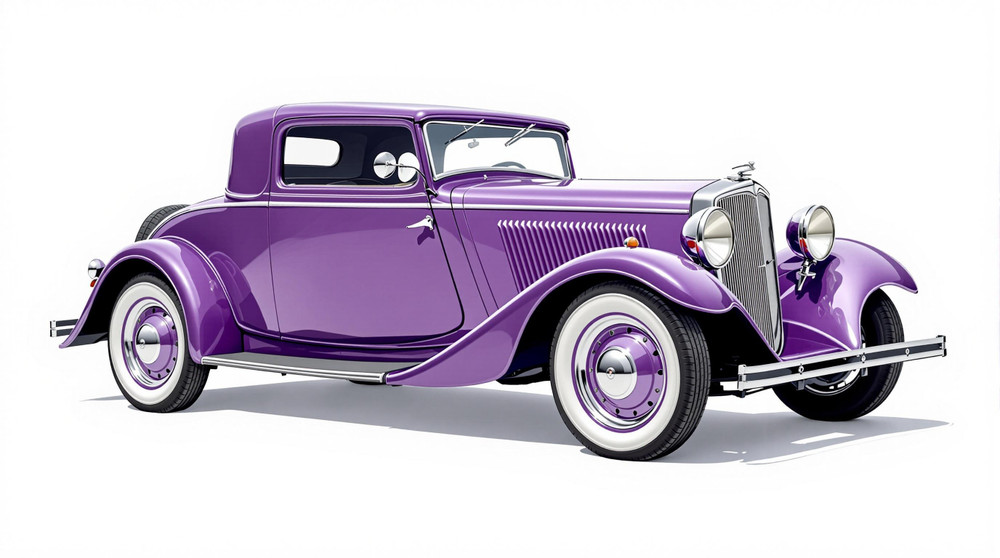Image of 1932 Graham Prosperity, Note: These illustrations use artistic license and may differ from actual historical models.
Performance Metrics
Fundamental Metrics
Emotional Appeal
MMP Rating
| Engine Specifications | |
|---|---|
| Engine Options: | Straight-6 |
| Displacement Range: | 3.3L |
| Horsepower Range: | Estimated 85-95 HP |
| Torque: | Not available |
| Compression Ratio: | Not available |
| Ignition System: | Distributor and coil |
| Cooling System: | Water-cooled |
| Performance Specifications | |
| 0-60 Time: | Not available |
| 1/4 Mile Time: | Not available |
| Top Speed: | 75 mph |
| Transmission and Drive | |
| Drive Type: | Rear-wheel drive |
| Transmission Type: | 3-speed manual |
| Fuel and Efficiency | |
| Fuel System Type: | Carburetor |
| MPG: | Not available |
| Dimensions and Brakes | |
| Brakes: | Mechanical drum brakes |
| Wheelbase: | 116 inches |
| Weight: | Estimated 2,800 lbs |
Note: Specifications for classic cars are given to the best of our ability, considering the limited and variant data available.
Unveiling the Charm of the 1932 Graham Prosperity
The year 1932 marked a significant milestone in automotive history with the introduction of the Graham Prosperity, a vehicle that not only reflected its era's challenges but also demonstrated remarkable resilience and innovation. The Graham brothers, once successful glass manufacturers, ventured into the automotive industry, ultimately establishing Graham-Paige Motors Corporation. Amidst the Great Depression's economic turmoil, they launched the Prosperity model, a testament to their unyielding optimism and engineering prowess.
One intriguing aspect of this vehicle is its role during an era when owning a car was a luxury few could afford. The Graham Prosperity became a symbol of hope and progress, a mechanical embodiment of the American Dream during hard times. Its presence in endurance races and reliability runs also carved out a unique chapter in automotive lore.
Design and Innovation: A Leap into Modernity
The exterior of the 1932 Graham Prosperity exuded elegance and modernity, with sweeping lines that captured the Art Deco movement's essence. Its chrome grille, reminiscent of a knight's visor, and elongated fenders gave it an air of sophistication uncommon among its peers. Inside, passengers were greeted by an interior that prioritized comfort and quality, with plush fabrics and meticulous craftsmanship.
For its time, the Prosperity was at the forefront of technological innovation. It featured advancements such as centralized chassis lubrication and shock absorbers adjustable from the driver's seat—features that were groundbreaking for early 1930s automobiles. The color palette ranged from stately blacks to vibrant blues, with deep maroons being particularly popular among discerning buyers.
Graham offered various body styles including sedans, coupes, and roadsters. The most iconic was arguably the Blue Streak sedan, whose aerodynamic design set it apart from boxier contemporaries.
Historical Significance: Pioneering Progress
The Graham Prosperity's impact on automotive design was profound. It introduced styling cues that would inspire future generations of vehicles. Its Blue Streak line, for instance, initiated a trend towards lower, more streamlined cars that would dominate the industry for years to come.
What truly set this car apart was its combination of affordability, luxury, and performance—a triad that redefined consumer expectations during an age when every penny counted.
Performance and Handling: A Ride Through Time
The 1932 Graham Prosperity boasted commendable performance figures for its era. With a top speed that flirted with 70 mph and acceleration capable of reaching 60 mph in a matter that was brisk for its time, it was no slouch on the open road. Handling was characterized by a smoothness that belied its sturdy construction; drivers often remarked on its ability to absorb road imperfections gracefully and maintain composure in windy conditions.
The driving experience was visceral; from the throaty hum of its straight-six engine to the tactile feedback through its thin-rimmed steering wheel—the Prosperity connected drivers to the road in ways modern vehicles strive to recapture.
Ownership Experience: Beyond Transportation
The Graham Prosperity found roles as varied as its owners' needs—from reliable daily transportation to weekend showpiece or even as a contender on the race track. Maintenance was straightforward by today's standards but required regular attention typical of vehicles from this period.
Fun Facts: The Legacy Lives On
This classic has been linked to numerous historical figures and events throughout its existence. While not known for breaking speed records, it held records in endurance and reliability—a testament to its robust construction. Criticisms were few but often pointed towards its conservative power output compared to some high-performance peers.
Collector's Information: A Coveted Classic
Today, estimating the value range for a 1932 Graham Prosperity can be challenging due to its rarity; however, well-preserved examples can fetch significant sums within collector circles. Production numbers were modest by modern standards—likely in the low thousands—making each surviving specimen quite precious. Over time, values have generally appreciated as pre-war classics continue to captivate enthusiasts worldwide.
Conclusion: An Emblem of Resilience
The 1932 Graham Prosperity stands as more than just a relic from another era; it embodies an indomitable spirit during one of America's toughest times. Its blend of style, innovation, and durability continues to fascinate collectors and classic car aficionados alike—a true testament to its lasting legacy.
1932 Graham Prosperity Catalog of Parts
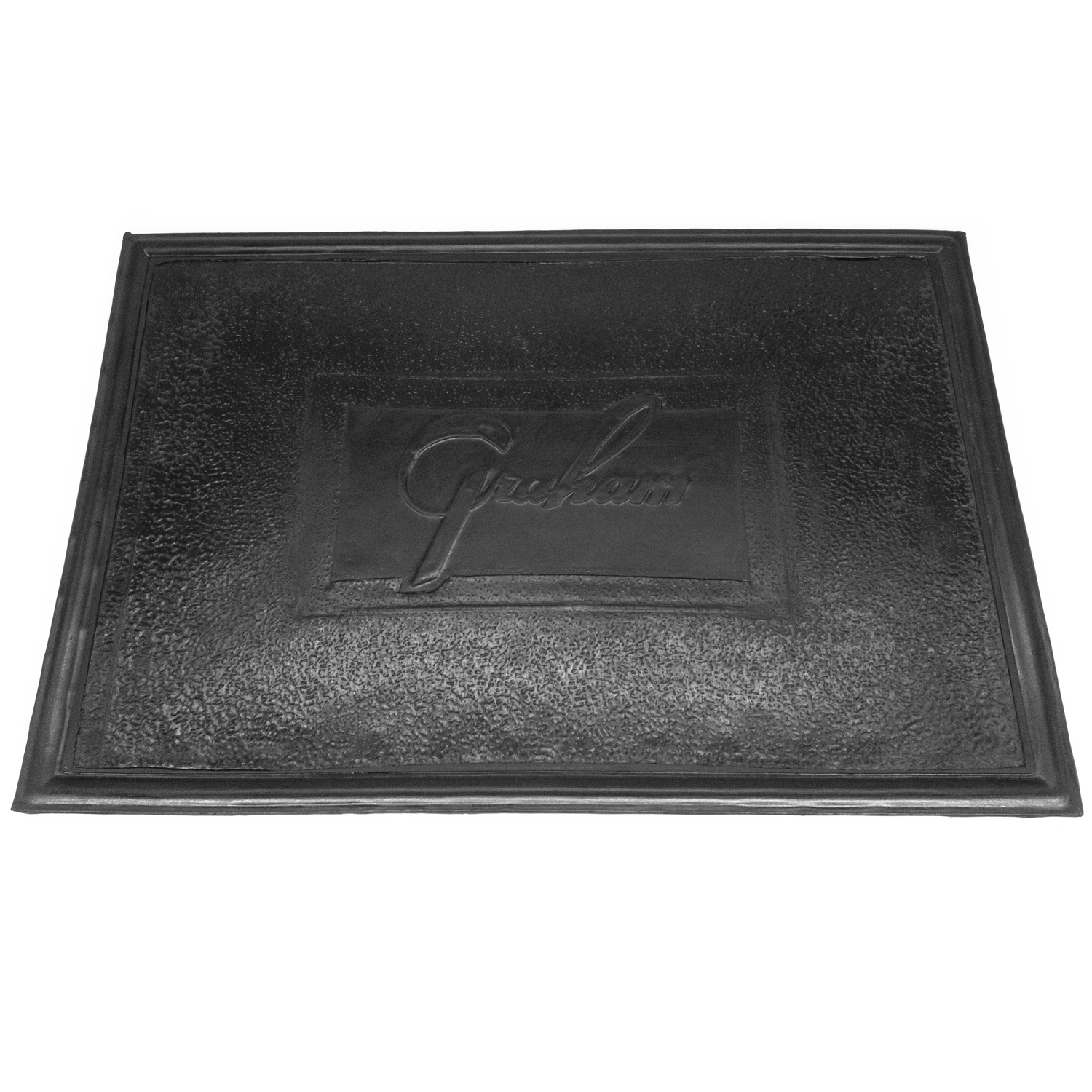 1932 Graham Prosperity Accessory Floor Mat - 12"X17"-AC 12Accessory Floor Mat - made of high quality black rubber with molded original emblem. Also designed to be sewn into new carpets. 12"X17", Each
1932 Graham Prosperity Accessory Floor Mat - 12"X17"-AC 12Accessory Floor Mat - made of high quality black rubber with molded original emblem. Also designed to be sewn into new carpets. 12"X17", Each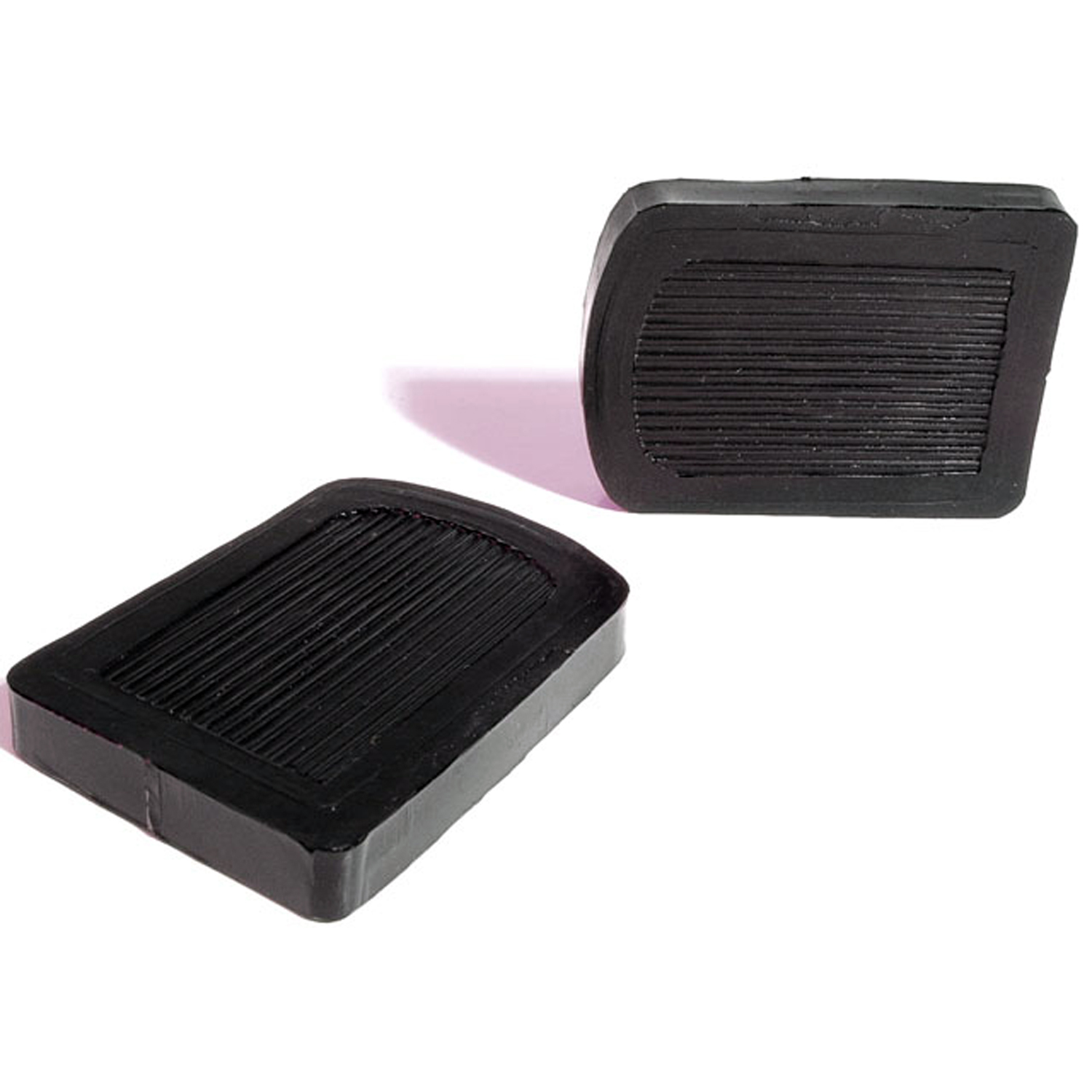 1932 Graham Prosperity Clutch and Brake Pedal Pads. 2-5/8" wide X 3-5/8" long-CB 25Clutch and Brake Pedal Pads. 2-5/8" wide X 3-5/8" long. Pair
1932 Graham Prosperity Clutch and Brake Pedal Pads. 2-5/8" wide X 3-5/8" long-CB 25Clutch and Brake Pedal Pads. 2-5/8" wide X 3-5/8" long. Pair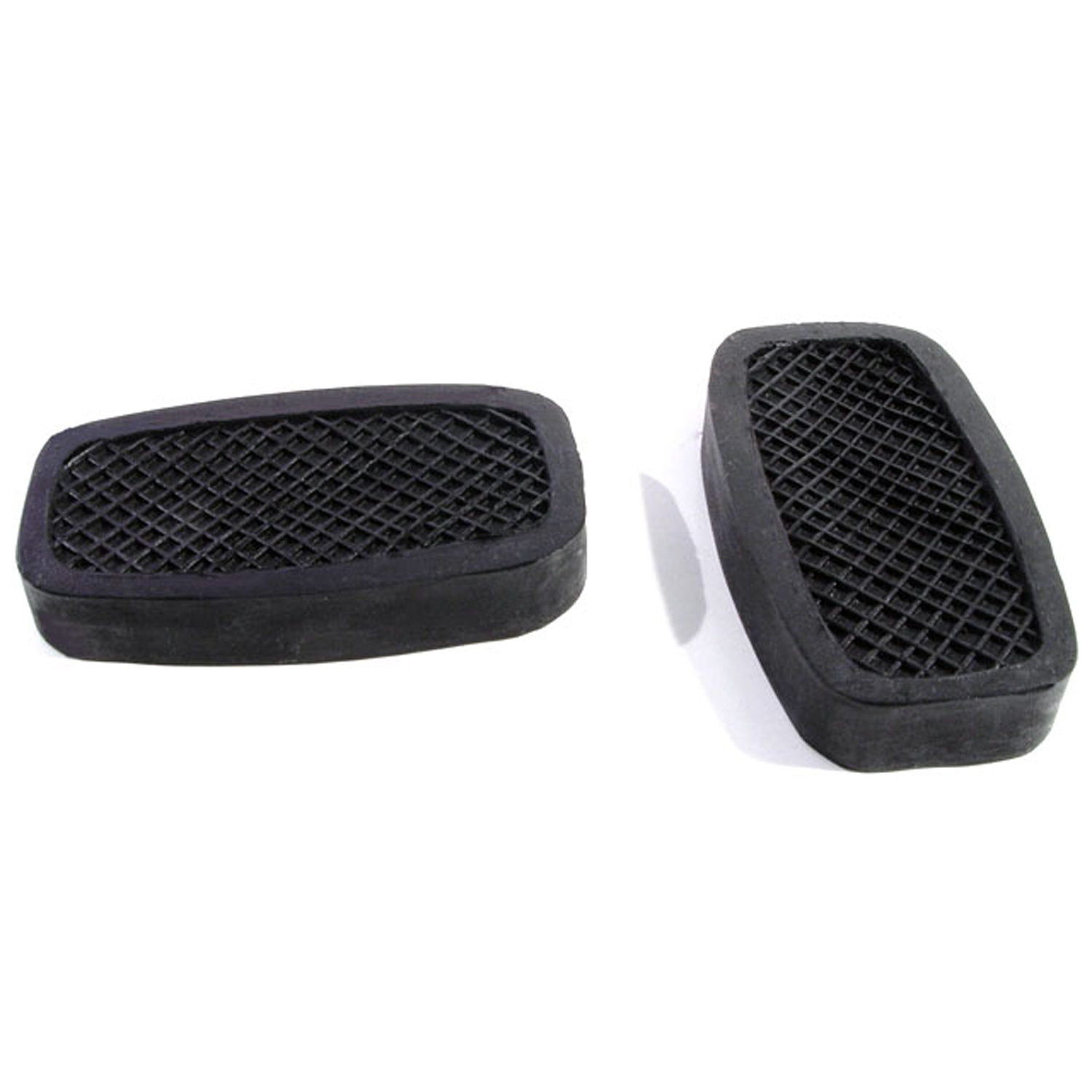 1932 Graham Prosperity Clutch and Brake Pedal Pads. 2" wide X 3-5/8" long. Pair-CB 46Clutch and Brake Pedal Pads. 2" wide X 3-5/8" long. Pair
1932 Graham Prosperity Clutch and Brake Pedal Pads. 2" wide X 3-5/8" long. Pair-CB 46Clutch and Brake Pedal Pads. 2" wide X 3-5/8" long. Pair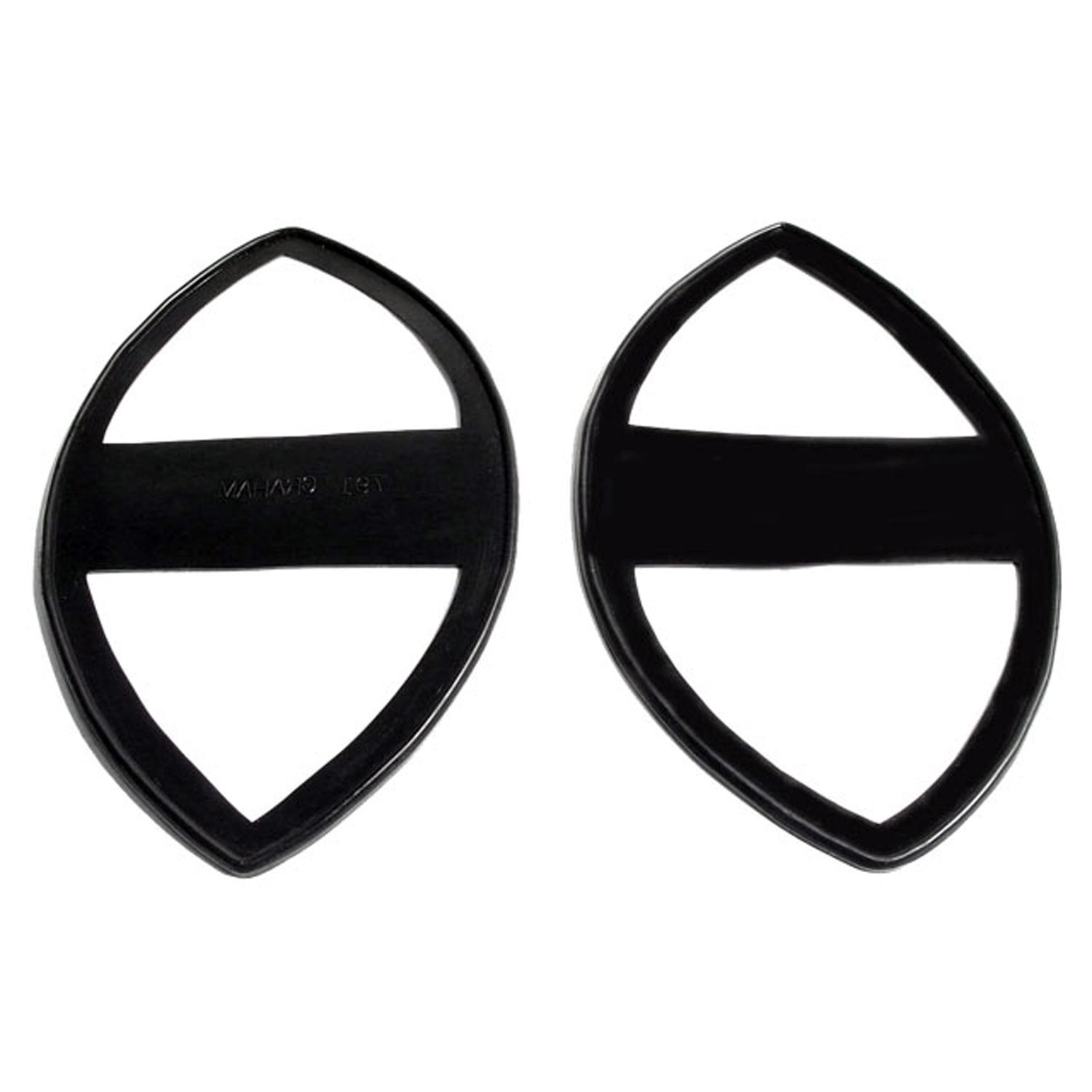 1932 Graham Prosperity Tail-light Pads. 5" wide X 7-7/8" long. Pair-MP 791Tail-light Pads. 5" wide X 7-7/8" long. Pair
1932 Graham Prosperity Tail-light Pads. 5" wide X 7-7/8" long. Pair-MP 791Tail-light Pads. 5" wide X 7-7/8" long. Pair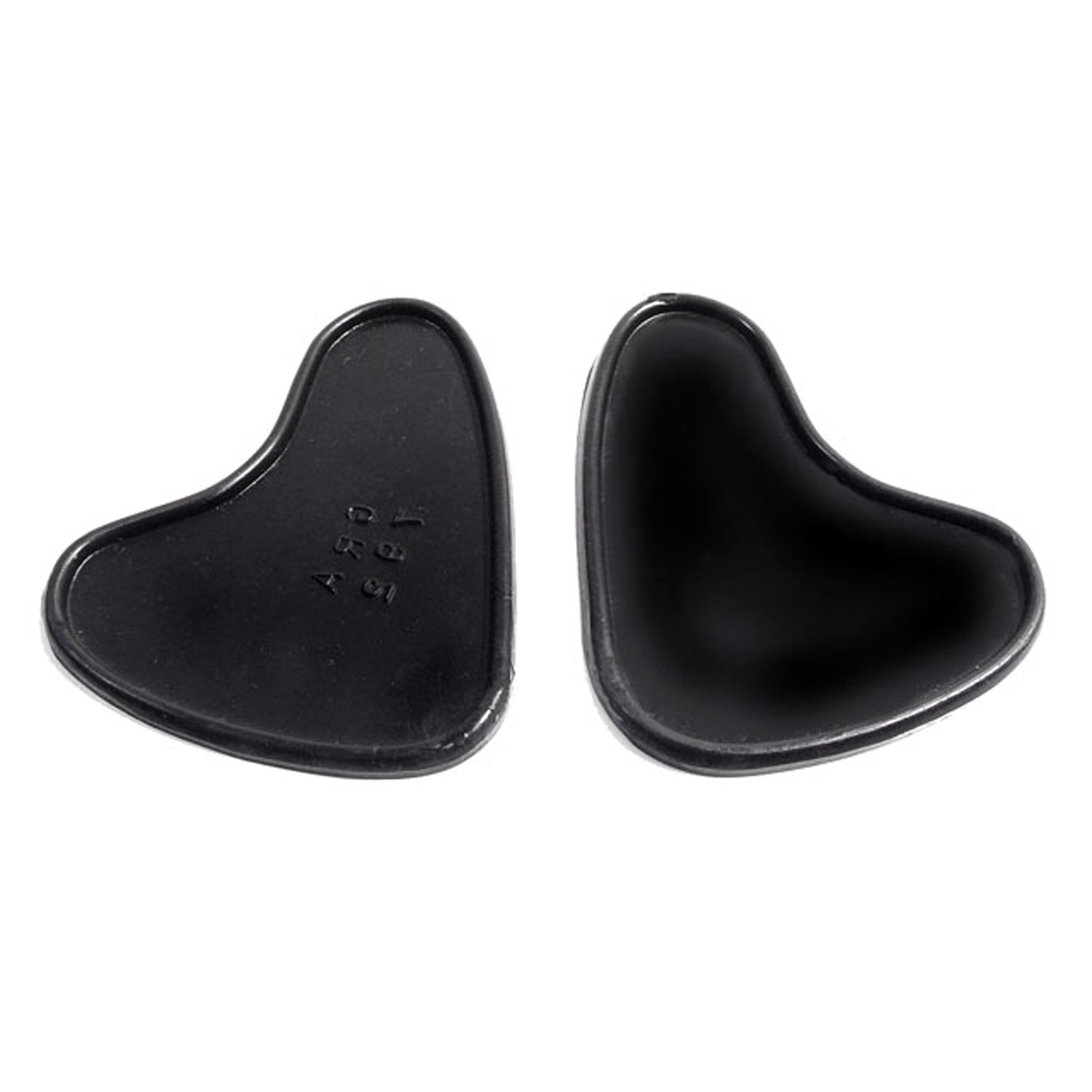 1932 Graham Prosperity Headlight Pads. 3-5/8" wide X 4-1/2" long. Pair-MP 792Headlight Pads. 3-5/8" wide X 4-1/2" long. Pair
1932 Graham Prosperity Headlight Pads. 3-5/8" wide X 4-1/2" long. Pair-MP 792Headlight Pads. 3-5/8" wide X 4-1/2" long. PairWhy Choose Metro?
For over 100 years, Metro Moulded Parts has been the pinnacle of quality in classic car restoration parts. Our commitment to precision and authenticity in every component ensures a perfect fit and an OEM-level appearance.
- Expert Craftsmanship & Quality: Each part is a testament to our dedication to reliability and perfection, crafted from original designs and thoroughly tested.
- Advanced Technology: We use cutting-edge techniques to create flawless, long-lasting parts that surpass others in performance.
- SuperSoft Sponge – The Ultimate Door Seal: Not only are our door seals 30% softer than competitors', but they're also guaranteed to never leak. They effectively reduce wind and road noise, enhancing your classic car's comfort and driving experience.
- Proudly American: Our parts are a product of American craftsmanship, made in the USA with a spirit of excellence and heritage.
- Unrivaled Warranty: We back our products with a 30-year industry-leading warranty, a testament to our confidence in their quality.
Join us in preserving the legacy of classic cars with parts that are crafted for perfection, not just made.

